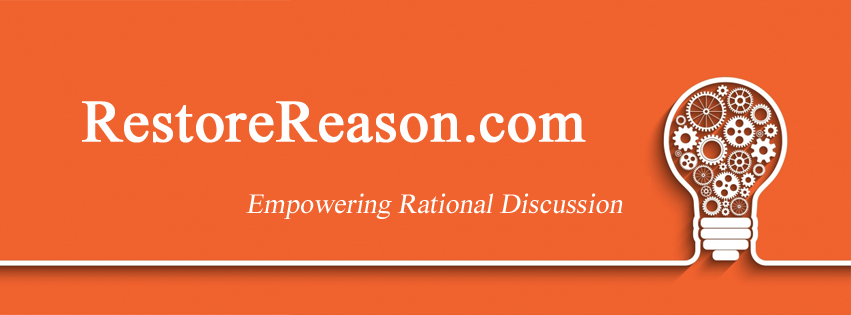The latest talking point about education funding coming out of GOP leadership at the AZ Legislature is that “teacher raises are the responsibility of school districts, not the state.” Senate Education Committee Chair Sylvia Allen, recently said this as week as that districts “did not use Prop 123 monies to give teacher raises” and then that “some did and some didn’t.” And, she made the point that districts also used the funds to give administrators raises.
Well, technically, she is not wrong. School district governing boards are responsible for approving the budgets for their districts, or rather, how those budgets are sliced and diced. Some districts used more of the Prop 123 monies than others to give teachers raises. And, yes, some administrators were also given raises, but keep in mind that these “administrators” aren’t necessarily just district superintendents and principals. The administration line item also includes business managers, clerical and other staff who perform accounting, payroll, purchasing, warehousing, printing, human resources and administrative technology services. And, even if some districts gave raises to superintendents and principals so what? Truth is, the state has a shortage of these personnel as well.
Toward the end of 2016, the Arizona School Boards Association asked 83 districts across the state how they used their Prop 123 funds for FY2016 and how they budgeted for them to be used for FY2017. The survey showed that a majority of the school districts spent the 2016 funds on teacher or staff raises. For 2017, 75 percent was budgeted toward compensation increases. Some districts were forced to also use the funds to restore cut classes and programs, purchase classroom resources and technology, replace out-of-date textbooks, make overdue facility repairs, and replace old buses.
Let’s face it, Prop 123 provided very little “new” funding to school districts, it really was just 70% of that which was already owed. It did not provide sufficient monies to make up for increasing general operating costs and severe funding cuts made by the state – $4.56 billion since 2009. These cuts included $2 billion to capital funding (including technology, textbooks, desks, building repair and maintenance and school bus purchases) and $1.5 billion for full-day kindergarten (which many districts still provide out-of-hide because it is critical to student achievement.) The Legislature also currently funds just 20% of what the law requires them to for building of new schools and major school repairs via the School Facilities Board. That’s why public education plaintiffs have filed another lawsuit (the first suit over this same issue was in 1994) to force compliance with the state’s obligation to “adequately fund the capital needs of public schools under a 1998 court ruling.” In fact, Arizona is one of only a handful of states still cutting today, even in a steadily improving economy. Because of these cuts, district governing boards have been faced with very tough decisions about which holes to plug first and as the ones closest to the ground, they are the right ones to make it.
But, it is totally disingenuous of Senator Allen to intimate that school boards “chose” to not give their teachers sufficient raises. First of all, the vast majority of districts did give teachers significant raises (my very small district for example, gave 7%.) Secondly, forced to deal with the highest cuts in per pupil funding in the nation, Arizona school districts are not even remotely close to the “self-actualization” level on Maslow’s Hierarchy of Needs, but just barely at the safety and security level. District leaders are faced with daily decisions about how best to just keep students safe in light of deteriorating facilities and aged buses.
Allen and her legislative cronies can deflect all they want, but the state constitution is clear, “The LEGISLATURE shall enact such laws as shall provide for the establishment and maintenance of a general and uniform public school system…” STATE lawmakers, not school district governing boards, are responsible for ensuring adequate funding for the “maintenance of a general and uniform public school system.” District governing boards may have responsibility for slicing up the pizza pie they are served, but just like a personal pan pizza won’t serve a family of four, state education funding that has been cut 23.3% since 2009, just doesn’t provide enough to go around. And, with the 0.6% state sales tax funding from Prop 301 set to expire in 2021 (not to mention the Prop 123 monies disappearing in 2025), it is only going to get worse. If only Senator Allen would remember and act on the saying: politicians think of the next election, leaders think of the next generation. And just in case she didn’t quite understand the nuance, President Truman’s famous saying appropriate here is “the buck stops here”, not “the bucks stop here.”
